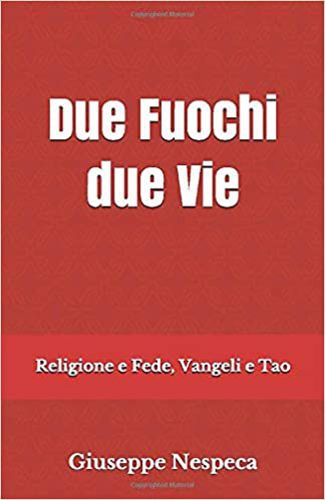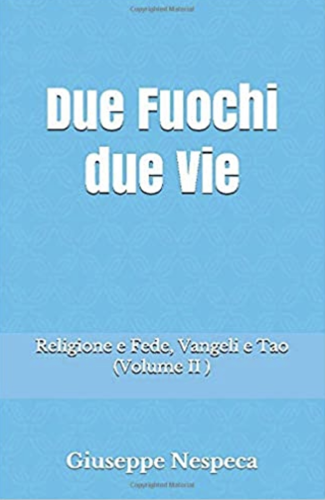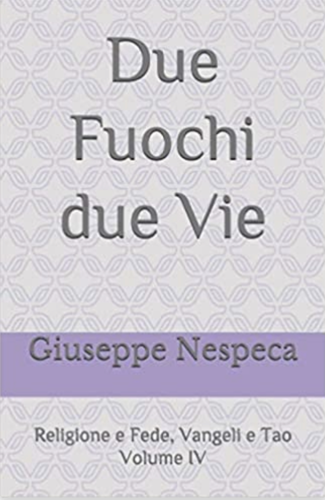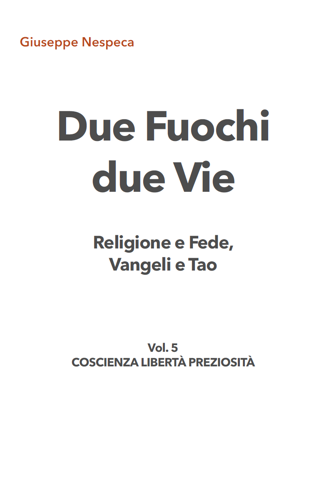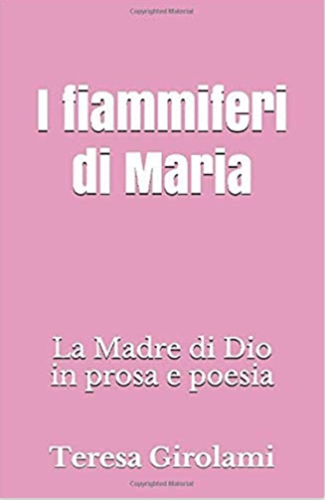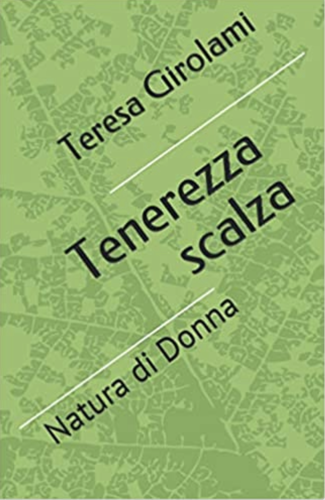2. In the light of Revelation, however, we know with consoling certainty that God understands human weakness and is ready to forgive. He is a Father rich in love and mercy. This is eloquently demonstrated to us in the account of the "sinful woman" who, repentant and confiding, honours Jesus in the house of Simon the Pharisee.
To Simon Jesus says, referring to the sinful woman: "Her many sins are forgiven, because she has loved much!"; and to the woman: "Your faith has saved you; go in peace!". Jesus affirms with divine authority the forgiveness of sins. He simultaneously demands repentance and a change of life.
3. Dear Brothers and Sisters! Let us always keep alive in us a sense of trust in God's goodness and mercy. There is no sin that God does not want to forgive, when one is repentant and resolved never to sin again. The repentance of the Magdalene and the parable told by Jesus to Simon are in this respect very rich in meaning. Decisive, of course, must be the condemnation of evil, but understanding and patience is needed towards the one who sins. The liturgy thus invites us to be messengers of truth and mercy, of forgiveness and joy.
We find ourselves at the Grotto of the Virgin, which recalls that of Lourdes. We recall the definition that St Bernadette gave of sin: "Sinner is he who loves sin!". Invited to go to the Grotto of Massabielle, to ask and possibly obtain from Our Lady a cure for her illness, Bernadette replied: "Lourdes is not for me! Lourdes is for poor sinners!".
Let us invoke Mary Most Holy for the salvation of sinners; let us pray that faith in the Lord, who awaits his children with infinite love and mercy, may never fail in believers.
"Blessed is the man whose guilt is forgiven and whose sin is forgiven!" (Ps 32)
[Pope John Paul II, homily 18 June 1995]





